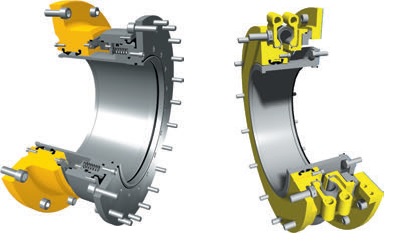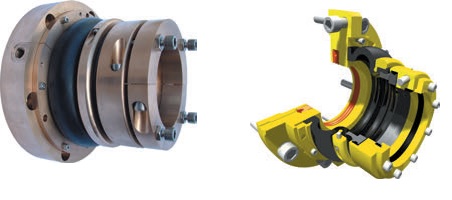
Oil lubricated sterntube bearing, sterntube seals & shafting arrangement
Sterntube is the watertight tube enclosing and supporting the propeller shaft. It consists of
a cast-iron or casted steel cylinder fitted with bearing surface within which the propeller
shaft, enclosed in a sleeve, rotates. The sterntube is installed from aft and bolted to the
stern frame boss. It can be press-fitted or installed with epoxy resin.
Sterntube bearings – Oil-lubricated white metal bearing usually consists of two bushes pressed into a stern-tube. Water lubricated bearings use only seawater for lubrication, thereby they eliminate any risk of oil pollution from the sterntube.
Sterntube bearings – Oil-lubricated white metal bearing usually consists of two bushes pressed into a stern-tube. Water lubricated bearings use only seawater for lubrication, thereby they eliminate any risk of oil pollution from the sterntube.



